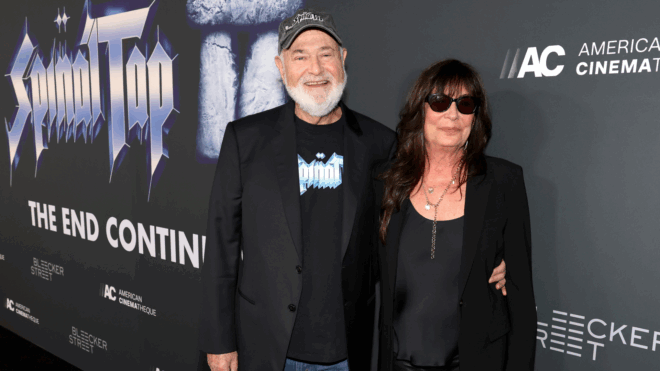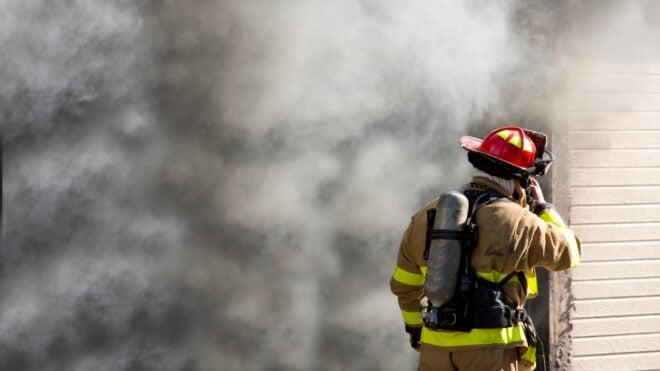Fashion is ever-evolving, with trends in vogue one minute and totally out the next.
Whether you're polishing your nails to look like crackling marble or dying your hair a wild and crazy color, staying ahead of the fashion curve has always involved a bold move or two.
And nothing was quite so bold as the incredibly enormous hairstyles of the 1960s.
No matter if she was sporting Coke-can curls, a giant bouffant, or the Beehive, women of the era believed "The higher the hair, the closer to God."
Of course, creating hairstyles this ornate involved lots of time and effort, with ladies sitting under giant hairdryers for hours and taking great pains to maintain their perfected coiffures. But in the end, these amazing vintage photos show that it was totally worth the result.
Scroll through below for a nostalgic look at the incredible history of women's "highest" hairstyles.
Did you sport any of these styles growing up? Let us know in the comments!
[H/T: Dangerous Minds, Fifties Web]
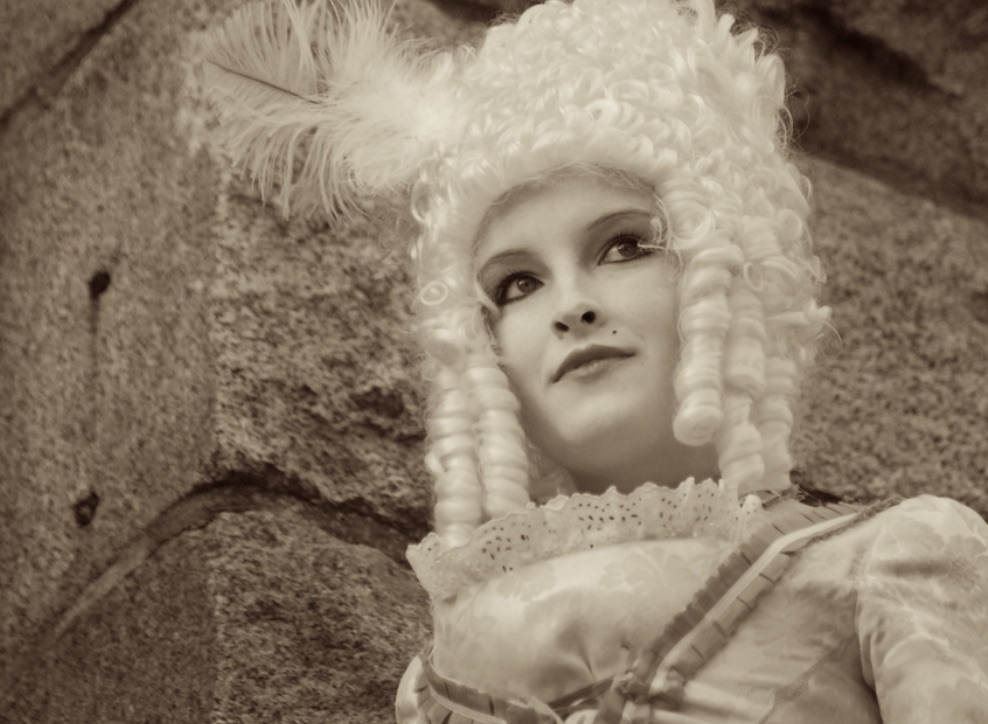
Large hair began with the giant Victorian wigs of the 18th and 19th centuries.
Worn by both women and men alike, these huge hairpieces were a mark of class and wealth — the higher the wig, the more expensive to build.
By the mid-1800s, white was the favored color — created by greasing, then powdering the wig with flour, starch, and plaster of Paris.
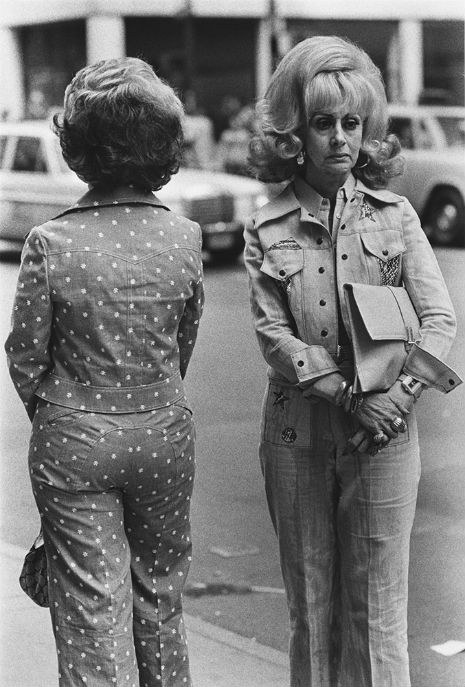
Though wigs played a large part in the history of hair, the focus in the 1900s turned toward using one's own natural coiffure to create amazing styles.
And the best example of this trend? The swinging '60s!
Mrs. Jackie Kennedy paved the way for the look, setting the standard for high and glamorous hair.
She entered the global stage sporting a perfect (and enviable) bouffant, styled by the award-winning "Mr. Kenneth" — and quickly mimicked by women across America.
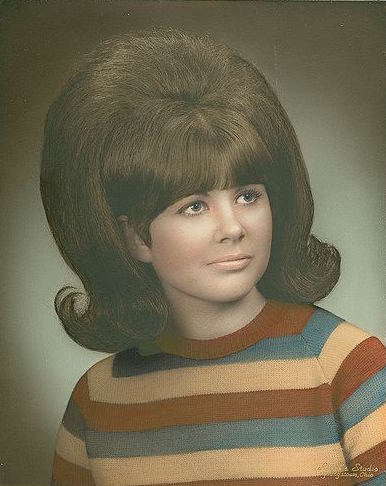
The bouffant itself is a hairdo that, according to Webster's Dictionary, is "styled so as to stand out from the head in a rounded shape.” It's also derived from the French word for "swelling."
The hairstyle itself is very complicated to create, so most women of the '60s opted to visit their local beautician instead.
This required, however, that they could not wash (or touch) their hair until their next hairstylist appointment — at least a week later.
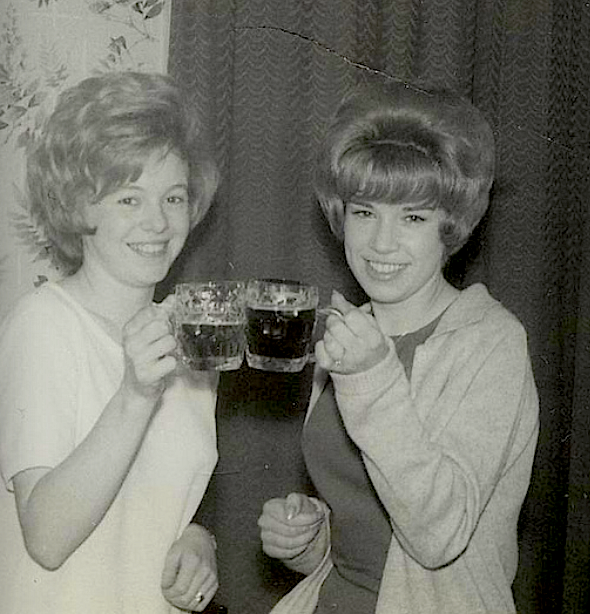
For those brave enough to try the look at home, the full style could take a whole day to complete!
First, the hair was wound around rollers. The next step was sitting under a hooded dryer for a few hours.
When the hair was fully dry, it was back combed to provide maximum height.
Finally, the look was topped off by a generous amount of hairspray.
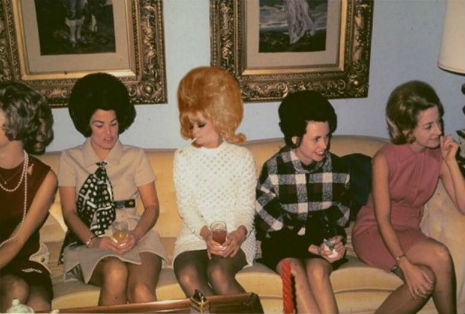
To expedite the process, many women just wore their curlers to sleep.
And because the rollers themselves were sometimes the size of Coke cans, getting solid rest was the price paid for a gorgeous head of hair.
Another popular option was throwing on a chiffon scarf and running out to do errands.
Since women had curlers in their hair for a large portion of the day, which was deemed totally acceptable and necessary.

Of course, there was a huge variety of hairstyles and curl options within the bouffant look.
You could sport a "Party Curl" or a "Piquant Pixie" — each featuring straight bangs and a curlier top.
Another popular look featured "Ruffled Curls," which were parted down the center, then curled at the bottom.
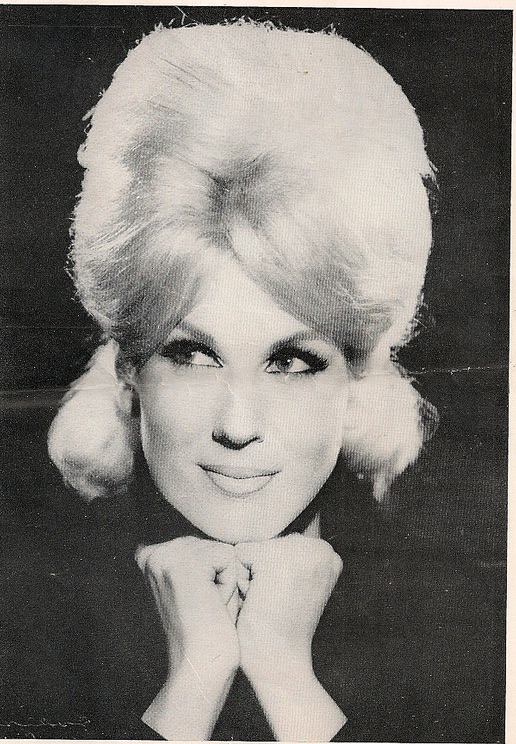
Dusty Springfield was another popular star that glamorized the bouffant, along with Audrey Hepburn, Sophia Loren, and more.
Hair coloring also became even more popular, as developments in haircare gave birth to an array of new colors and tones.
Higher quality "boxed" color also allowed the average woman to create salon-worthy dyed looks at home.
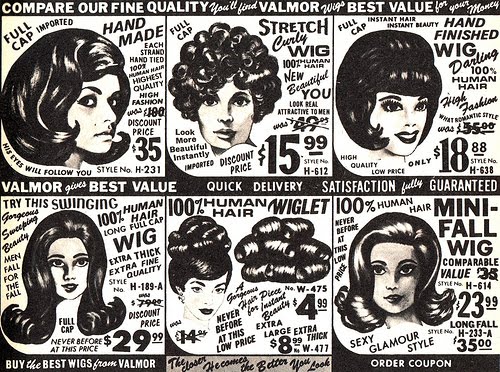
And if you could only get your hair so big, there were wigs and hairpieces to give you that extra lift.
Wigs were fashioned with real hair and could be fastened with a cap or headband.
One could also attach extra hairpieces to an existing 'do, adding extra curls, a topknot, or just giving the illusion of a towering head of hair.
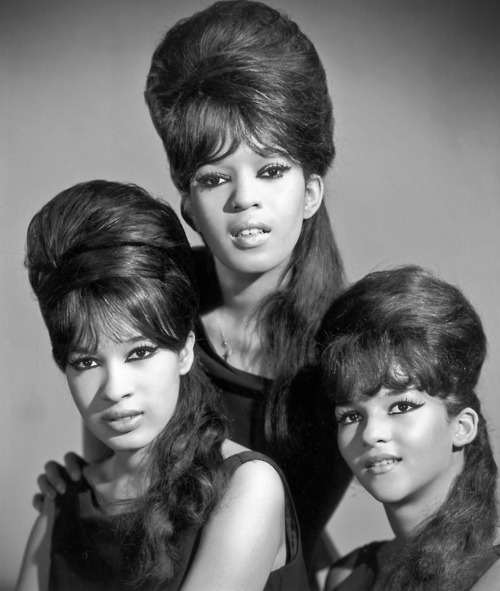
As the bouffant gained even more popularity, it morphed it into yet another hairstyle: the Beehive.
Originating in Chicago and developed by Margaret Vinci Heldt, owner of the Margaret Vinci Coiffures, the style featured a more cone-shaped look.
The name itself is derived from the fact that it resembles both a literal beehive and the nose of a B-52 airplane.
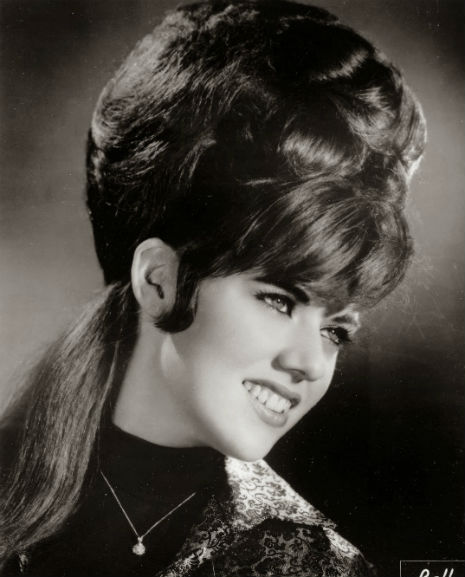
The Beehive was achieved by using a comb and running it back and forward down the hair to essentially create a giant tangle or knot.
The hair was then lightly combed over the knot to smooth down the look. A higher Beehive was created with longer hair, though wigs and hairpieces could be easily added to existing hair.
A Beehive could also be styled completely up or with half the hair worn down.
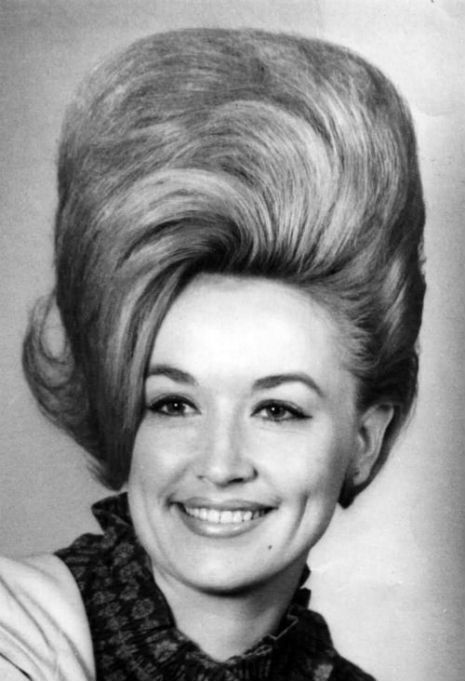
This style was popularized by musical acts like the Ronettes, Aretha Franklin, Barbra Streisand, and Dolly Parton.
Sometimes (but not always) worn with a straight bang, the look could be seen on everyone from average suburban moms to young teenyboppers Barbra Streisand to glamorous Hollywood starlets.
The look was often paired with a dramatic "cat-eye" eyeliner and a nude, glossy lip.
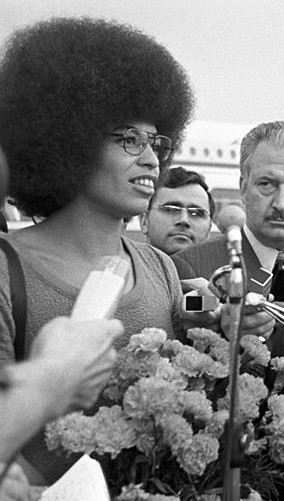
The "Afro" was also a popular hairstyle, born out of the 1960s powerful political movements.
The hairstyle itself is created by combing the hair away from the scalp, creating a rounded shape — like a ball or cloud.
Activist Angela Davis helped the hairstyle gain momentum, encouraging black women to eschew the dominant look and embrace their natural hair texture.
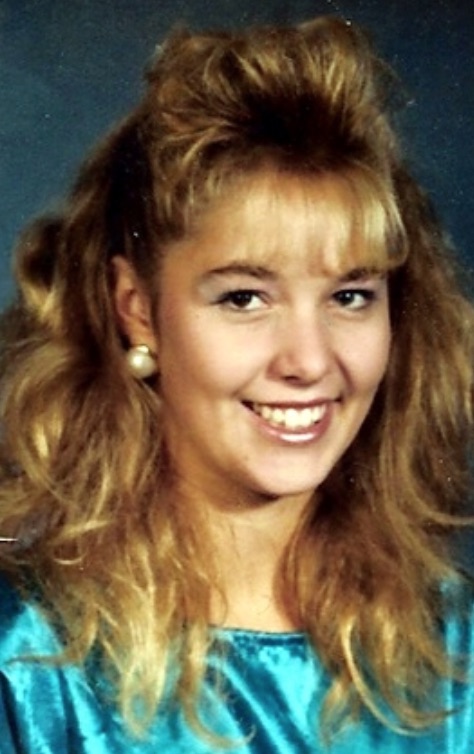
After the return to straight hair during the 1970s, big hair was back in business again during the '80s.
However, the look had certainly evolved from the '60s. This time around, the style included pouffy bangs, thickly teased curls, and plenty of hairspray — giving it a "punkier" and less glamorous edge.
The wacky style was best reflected in popular "hair metal" bands like A Flock of Seagulls and Guns N' Roses.
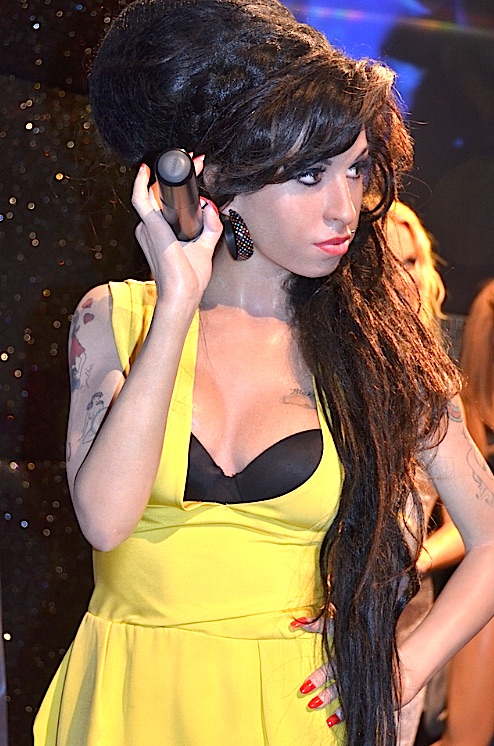
All things classic seem to come around again. This is equally true with the iconic '60s Beehive hairstyle, later reimagined by crooner Amy Winehouse in the 2000s.
Combining an updated fashion sense, like tattoos, with the big teased hair, lent a modern twist to the classic look.
Big hair is certainly a large part of our great history. Who knows where big hair will take us next?
What big hairstyles have you sported? Let us know in the comments.
Please SHARE this fascinating look at hair history with friends and family!
Thumb image via Flickr/GrinnPidgeon


